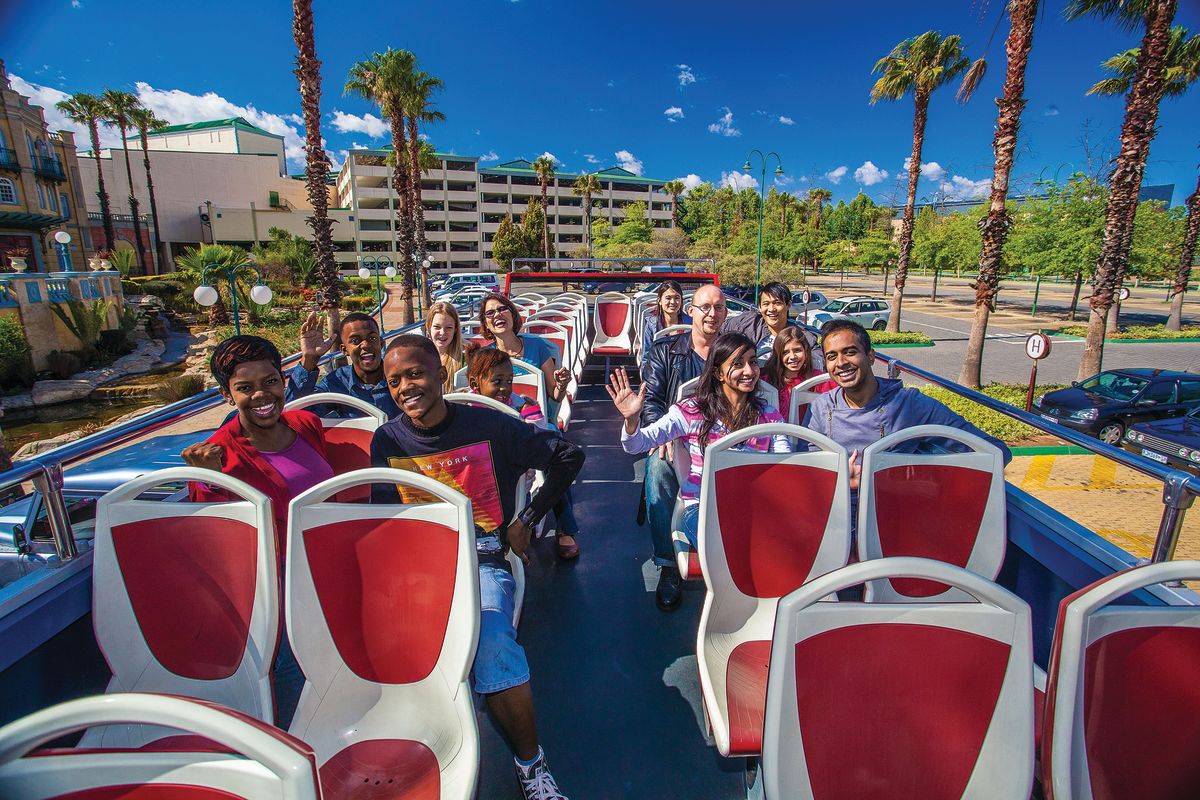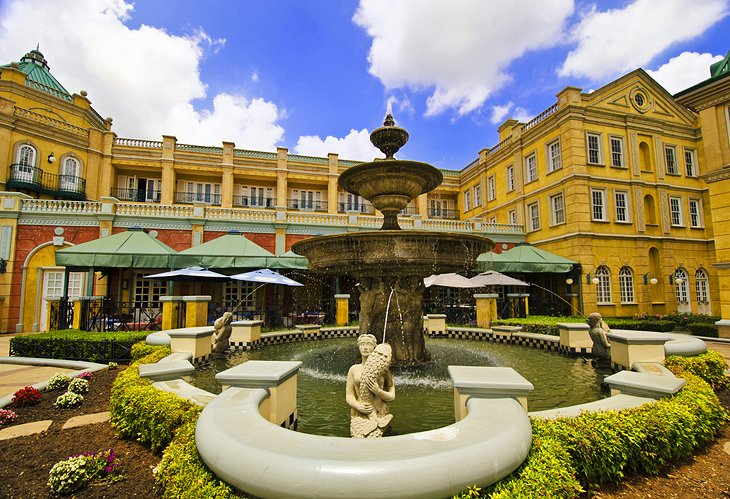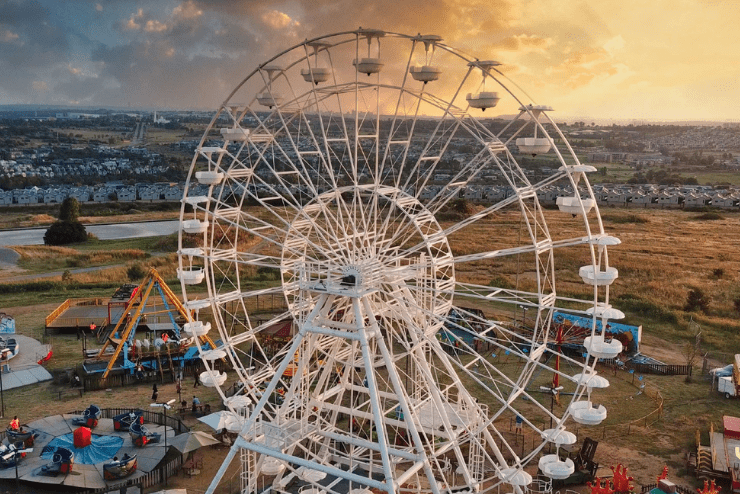Johannesburg North Attractions Fundamentals Explained
Johannesburg North Attractions Fundamentals Explained
Blog Article
Some Known Facts About Johannesburg North Attractions.
Table of ContentsJohannesburg North Attractions for DummiesJohannesburg North Attractions Things To Know Before You Get ThisThe 25-Second Trick For Johannesburg North AttractionsJohannesburg North Attractions Things To Know Before You Get ThisThe 10-Minute Rule for Johannesburg North AttractionsJohannesburg North Attractions for BeginnersThe Ultimate Guide To Johannesburg North Attractions
You need to keep protection in mind and tourists need to continue to be alert at all times when in strange surroundings. Talk with the locals when you remain in town to discover the location you are remaining in. Johannesburg North attractions. When on the road (this doesn't use to shopping center and various other protected settings) ideal general suggestions is to try your best to appear like a regional and to stay clear of displaying any type of riches
The Facts About Johannesburg North Attractions Revealed
Teacher Revil Mason O. J. (Thomson, 1946) checked out the Witwatersrand's pre-colonial background. His historical job exploded the 'em pty land' misconception, according to which the area was devoid of human habitation before the arrival of European inhabitants. In his publications Prehistory of the Transvaal: A Record of Human Task (1962) and Beginnings of Black People of Johannesburg and the Southern Western Central Transvaal AD 3501880 (1986 ), Professor Mason demonstrated the extent of social and economic development in the area before Europeans set foot here.

Some Known Incorrect Statements About Johannesburg North Attractions
In 1878, David Wardrop found gold in quartz capillaries at Zwartkop, north of Krugersdorp. In 1881, Stephanus Minnaar came throughout gold on the farm Kromdraai, near the Cradle of Humankind.
In March 1886, a protrusion (quickly to be called the Key Reef) was located, fairly fortuitously, on Gerhardus Oosthuizen's farm Langlaagte. Some say that the Lancastrian coal miner George Walker discovered this reef. Another itinerant English prospector, George Harrison (who had previously worked in Australian mines) acquired a prospecting permit in regard of Langlaagte in May 1886.
He decided to carry on in a quest for greener pastures, and disposed of his Langlaagte claim for the handsome amount of 10. Alas: underneath lay the richest goldfield ever found. The discovery of this rich auriferous coral reef prompted a gold rush that indicated the end of bucolic serenity in the southerly Transvaal.
It would certainly, within 6 years, end up being the largest community in southerly Africa. Within a years, it would make the Z. A. R. until then an anarchical and bankrupt little state the wealthiest country in Africa. By the turn of the century, the Z. A. R. was to exceed Russia, Australia and the USA of America to come to be the world's leading gold manufacturer, creating greater than a quarter of the world's gold.
The Ultimate Guide To Johannesburg North Attractions
It was called Ferreira's Camp, called after Colonel i thought about this Ignatius Ferreira. He was a Boer adventurer upon whom the British authorities had actually bestowed the standing of Companion of the A Lot Of Differentiated Order of St Michael and St George (qualifying him to the post-nominal letters C. M. G.) in gratefulness for his role in the war that had deposed the Pedi king Sekhukhune in 1879.
Quickly the Look At This camp was including tents and wagons as newbies arrived daily from far and wide. By September 1886, some 400 individuals resided in Ferreira's Camp, which quickly boasted upraised iron and hardwood buildings. Two various other camps were developed: Meyer's Camp on the farm Doornfontein, and Paarl Camp. The latter was nicknamed Afrikander Camp; several individuals from the Cape Swarm resolved there.

Excitement About Johannesburg North Attractions
This name acquired currency by word of mouth, such that the State Assistant attested the name to the Mining Commissioner on 9 October 1886. Stands in the village were auctioned on 8 December 1886. look what i found While some stands were cost 10, others were knocked down for as little as sixpence.
Two years later on, these erven were to change hands for as high as 750 each. The tented camps decreased as a dorp of corrugated iron buildings developed and broadened north of the mines located along the Key Reef Roadway. Locations such as Jeppe's Town (where working-class immigrants erected their homes) and Doornfontein (where the wealthy new 'Randlords' began to create their extravagant houses) were soon included to the ever-expanding map of the community.
An Unbiased View of Johannesburg North Attractions
In addition to the road names, there were no signs of Johannesburg being positioned in a Dutch-speaking nation. Numerous years later, C. W. Kearns O. J. (among the initial young boys signed up at St John's University in 1898) would certainly remember: 'A weird fact about Johannesburg was that, although it was in the [Boer Republic], almost every person talked English and also the Government servants dealt with one in English, unless they were very first resolved in the Taal (or Low Dutch)'.
Thus, Britain had a passion in making sure optimum problems for gold production on the Witwatersrand, and that the gold was exported to London instead of Berlin an imperative provided all the extra clamant by the Z. A. R - Johannesburg North attractions.'s boosting toenadering with Germany. Mine owners got on a clash with President Kruger, whose policy of monopolistic giving ins (usually provided to his cronies) stopped mining companies from acquiring materials of materials (specifically dynamite) and labour by themselves, cheaper terms
About Johannesburg North Attractions
In 1890, the Volksraad had limited the franchise business to white guys that had lived in the Z. A. R. for fourteen years or longer, hence disqualifying a lot of the immigrants (who took place to be the significant contributors to the fiscus). Nonetheless, agitation for the vote was a plain pretext for promoting a various schedule; many uitlanders concerned themselves as short-term site visitors and had no objective of continuing to be in the Z.
Report this page